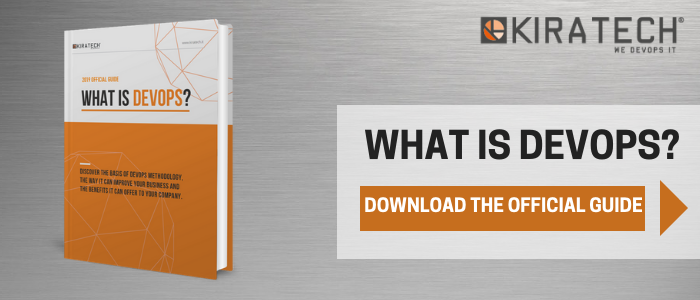
Is it hard for you to have a complete vision of your company’s data? You are not the only one, lots of other companies are in the same situation: it’s not easy to analyse such a great quantity of data belonging to different typologies and this is all because the information explosion.
The Big Data collection and analysis are fundamental to find hide models, unknown correlations and other useful information to gain competitive advantages and business benefits.
Companies have often to face some problems hindering this objectives achievement, for example:
- The number of devices is constantly increasing, but there are no tools to collect, monitor and analyse data, so it is quite impossible to exploit the value they might provide.
- For compliance and legacy reasons, it is necessary to keep and store a large number of data in a flexible and compliant with the other operating systems way.
- The incapability to obtain relevant anomalous information from inside this huge amount of data, makes the security and operations problems detection very difficult. The multitude of alerts, if not divided into useful and useless categories, doesn’t allow the emergencies identification, making the whole process too slow.
The best way to solve these problems is to adopt a Log Analytics Solution
Log Analysis
To better understand what log analysis is, we have to start with the Log definition. A log file is a list of records that collect a system state of execution (it might be an application, an operating system or an integrated systems).
A log file usually tries to identify applications errors or other situations that should not occur, like failure ones.
The Log Analysis consists in data interpretation and extraction from logs in order to define the behaviour of the whole system to solve the occurred failures.
The main goals are:
- Problems tracking
- Security incidents prevention
- Their resolution
Log Analysis Software
To meet the needs of people who have to match the events optimally every day, there are some software that can solve the big problems of logs reading and interpretation.
How do they work?
These software use the Big Data Analytics process, it means the large quantity of different data collection and analysis, in order to bring the most relevant data to light, to understand the trend, links and correlations useful to gain competitive advantages from competitors and to improve the company management.
Which are the main characteristics?
First of all it is very important to have a detailed log. The analysis software used should have the following features:
- Problems analysis time reduction thanks to an application that searches, filters and visualizes data
- The possibility to analyse registers and unstructured data
- Dynamic correlation between documentation, operative notes and notifications
Elastic
The best log analytics software is Elastic, that can be used in different environments, even if the most important is the Big Data Analytics and Management one because it can immediately check a huge amount of data. Otherwise we can’t forget to mention also its research and security application.
Why is Elastic so important?
There are different reasons why lots of companies have already chosen this solution:
- It helps taking advantages from the large amount of data, the Tweets flows, the Apache logs and the Wordpress blogs.
- It can generate reports of the activity made by users, but also of the trends, organization development and behaviour, or of the platform used.
- It supports distributed, scalable and flexible opensource software for the real-time research and analysis.
The Elastic Stack is composed by 4 different tools:
- Elasticsearch, a real-time search engine for large quantity of data and the Elastic strength
- Logstash, for the analysis and elaboration
- Kibana, for the real-time visualization
- A set of extension that can add some security, alert, monitoring, reporting, machine learning and graph analytics functionalities.
The Log Analytics practice belongs to the DevOps methodology, that helps companies to better manage their internal processes thanks to the collaboration between Developers and Operations. If you want to learn more, download our FREE GUIDE:








